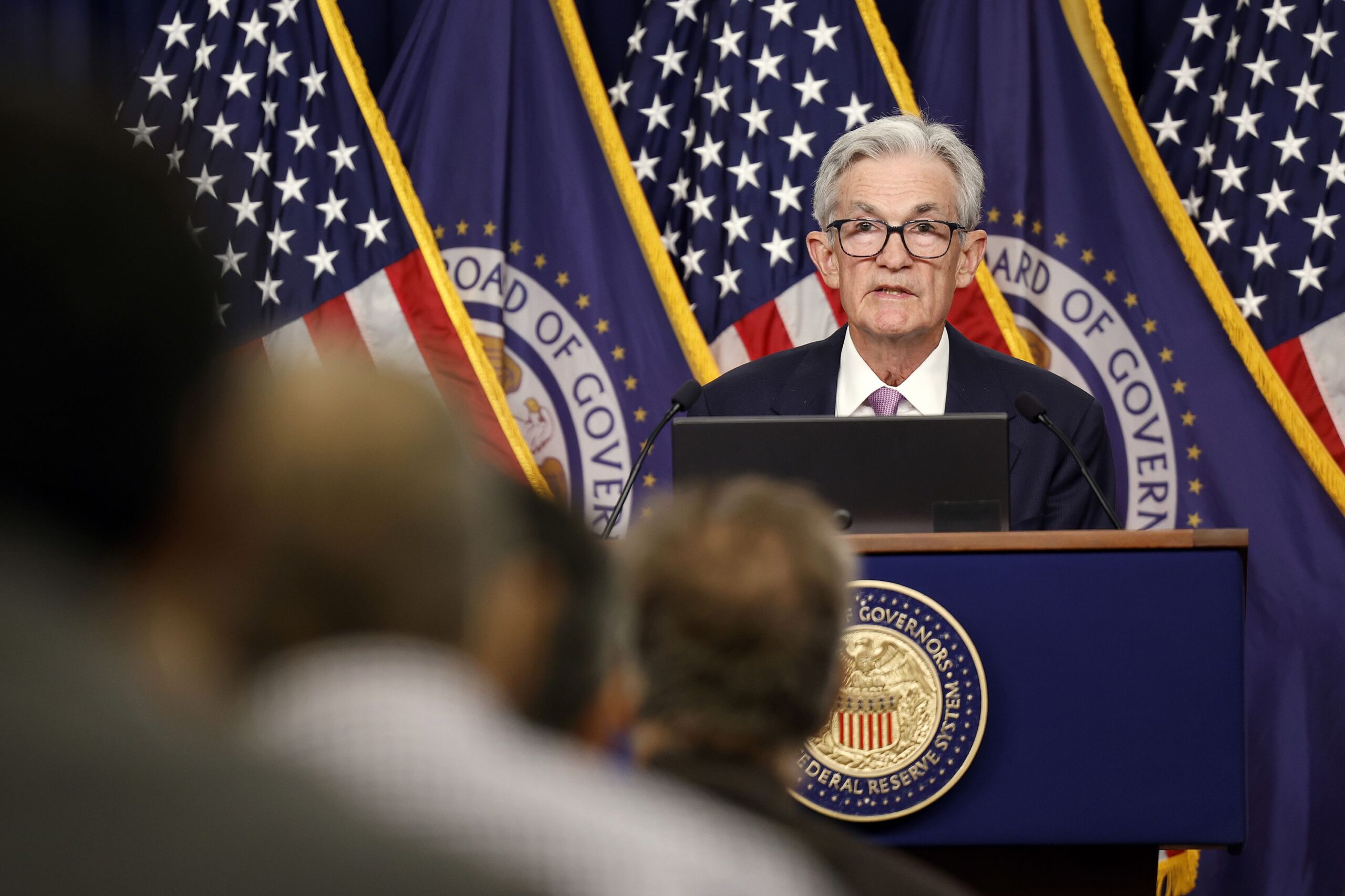The Fed cuts interest rates by a quarter point

Originally Published: 07 NOV 24 05:30 ET
Updated: 07 NOV 24 14:59 ET
By Bryan Mena, CNN
Washington (CNN) — The Federal Reserve cut interest rates by a quarter point Thursday on the heels of the US presidential election earlier this week.
It’s the second rate cut since the central bank began to lower borrowing costs in September, though the latest cut is smaller. Still, it provides Americans further relief from the high cost of credit cards, auto loans and other debt.
Slower inflation and a cooling job market paved the way for Thursday’s decision.
More rate cuts are expected in 2025, though how many is up in the air because of the potential impacts of president-elect Donald Trump’s proposed policies, such as tax cuts, deregulation, stiff across-the-board tariffs, and mass deportations. The full scope of those plans, and when they would begin to impact the US economy, is not clear.
In order for the Fed to continue cutting, it needs to see that price pressures remain in check and some economists have described the Trump economic agenda as “inflationary” to CNN.
Oxford Economics said in an analysis released Wednesday that “the outlook for 2025 doesn’t change appreciably” because it would take time for Trump’s policies to affect the economy, meaning the handful more rate cuts that officials projected in September could still take place next year. Analysts at Nomura, on the other hand, fully expect Trump to follow through with his plans quickly, estimating just one rate cut next year.
Most of Trump’s policies require congressional approval, which wouldn’t be a difficult endeavor since Republicans have claimed control of the Senate and seem on track to snag the House, too. At some point, Fed officials will have to incorporate expected changes in fiscal policy in their economic projections, which they release every three months.
The Fed is keeping an eye on these risks
Predictions and speculation aside, economic figures show the Fed currently has to watch both inflation and the job market. Officials stated in their latest policy statement Thursday that the risk of the job market deteriorating and the risk of inflation reaccelerating are roughly the same magnitude now.
But in recent months, attention has shifted more toward the health of America’s labor market, which remains in decent shape, but has clearly lost momentum over the past year.
Employers had a seasonally adjusted 7.4 million job openings in September, according to Labor Department data, down considerably from 9.3 million in the same month a year earlier, while the rate of hiring fell to 3.5% from 3.7% during the same period. The unemployment rate stood at 4.1% in October, up from 3.8% a year earlier (though still at a historically low level.) Worker filings for ongoing unemployment benefits rose last week to the highest level since November 2021, an indication that it has become harder for unemployed Americans to find a job. Fed officials wrote in their statement that “since earlier in the year, labor market conditions have generally eased.”
But there are also signs of a robust economy, which could heighten the risk of inflation stalling or even picking up, undoing the Fed’s hard-fought progress to rein in price pressures.
The US economy expanded by a solid 2.8% annualized rate in the third quarter, driven by strong consumer spending. Business investment also continued to prop up economic growth in the third quarter, according to recent government data.
Still, despite signs of a resilient economy, Fed officials seem to broadly agree that interest rates are still at restrictively high levels, based on recent speeches, which could weigh on employment data. That’s a big reason why the Fed decided to cut rates further this week, even though the economy seems to be humming along.
William English, a former senior Fed adviser, told CNN that another rate cut next month seems a bit less likely, but expects Fed policymakers to follow through with it because borrowing costs still have a tight grip on the economy. That decision, of course, depends on what upcoming employment and inflation numbers show.
This story is developing and will be updated.
The-CNN-Wire
™ & © 2024 Cable News Network, Inc., a Warner Bros. Discovery Company. All rights reserved.
